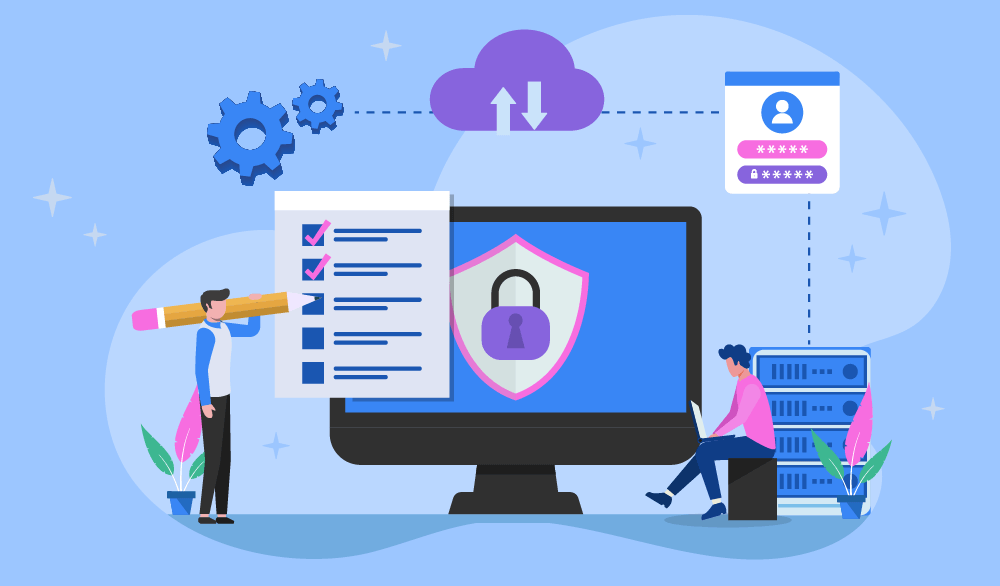


Designers – whether working on websites, apps, branding, or UX/UI – often operate in fast-paced, tech-heavy environments. But while creativity may be the spark, digital privacy, access control, and efficient testing tools are the unsung heroes behind the scenes. One such tool? A proxy server. Yet not all proxies are equal, and knowing how to choose the right one can feel like picking a Pantone color with your eyes closed. So how do designers make a smart choice when it comes to proxy servers? Let’s dive deep into what matters, what doesn’t, and what will truly elevate your digital workflow.
Let’s not get too technical, but here’s the gist. A proxy server acts as an intermediary between your device and the internet. It’s like having a digital bodyguard and translator at once – it masks your IP, manages requests, and controls what information travels back and forth.

For designers, this goes beyond security. Think region-specific design testing, safe collaboration on client portals, scraping for inspiration without leaving a trail, and even managing multiple design accounts without triggering blocks. A well-chosen proxy lets you work faster, safer, and smarter. But only if you pick the right type.
Here’s where it gets interesting. There are various kinds of proxies out there, each tailored for a specific job. And yes, your choice will absolutely impact your workflow.
So, before you even think about speed or cost, ask yourself: What am I using the proxy for? That answer will shape everything.
Let’s say you’re uploading a huge batch of high-res mockups or collaborating via Figma or Adobe XD in real-time. A slow or unreliable proxy will turn your smooth workflow into a headache.

Designers should prioritize:
It’s a balancing act, but worth every second of research. Think of it as choosing between a 20-year-old inkjet printer and a state-of-the-art plotter – you’ll thank yourself later.
Here’s a surprising deal-breaker for many: poor UI. If setting up your proxy feels like trying to assemble flat-pack furniture without instructions, it’s not the right fit.
Designers thrive on clean, intuitive tools. So the proxy dashboard should be simple, visual, and efficient. Bonus points if it offers integrations with browsers or tools like Sketch, Photoshop, or InVision. And if you often switch between Mac, Windows, or Linux? Make sure the proxy supports them all.
Some proxy providers even allow session control and real-time analytics, helping you spot issues or bottlenecks while you work. That’s the kind of control every designer needs.
If you’re designing websites or apps for global brands, testing geo-specific interfaces is a must. The wording on a landing page might shift from the UK to the US, or layout behavior may break when loaded with RTL languages.
This is where location-targeted proxies come into play. Choose a provider that offers:
Here’s a quick breakdown:
| Need | Best Proxy Type | Location Required? |
| Regional design testing | Residential or HTTP(S) | Yes |
| Tool compatibility & flexibility | SOCKS5 | Optional |
| Fast asset upload/download | Datacenter | No |
| Working across multiple accounts | Residential or Datacenter | Not always |
All proxies are not created equal – and some can do more harm than good. Stay away from any service that:
Your proxy provider should be as reliable as your go-to design software. One trusted option with extensive proxy types and excellent support is Proxys.
Let’s wrap it up with a checklist. When evaluating your next proxy, look for:
A designer’s job is hard enough without tech hurdles. Choosing the right proxy server is about empowering your creativity – giving you the speed, access, and privacy you need without distractions. Whether you’re working solo or as part of a design agency, a solid proxy setup can become your invisible co-pilot.
Don’t settle for generic tools. Just like fonts or colors, the best choice is always the one that fits your purpose with precision.














